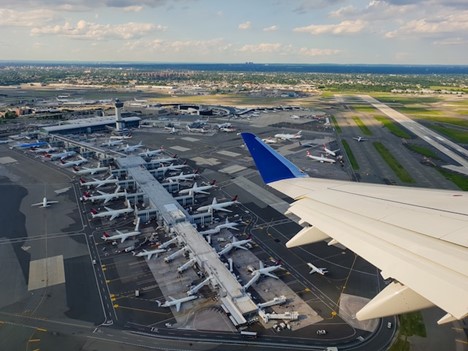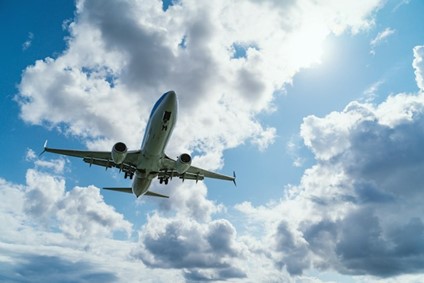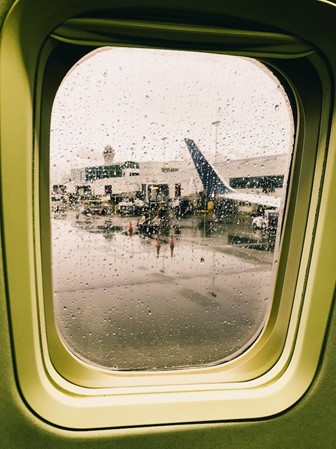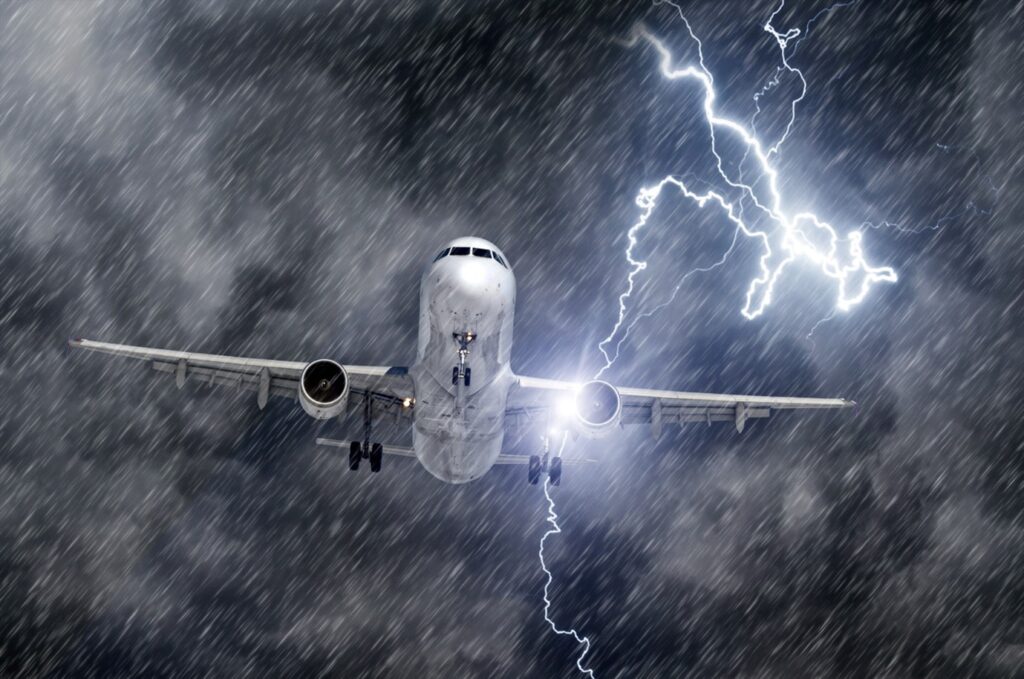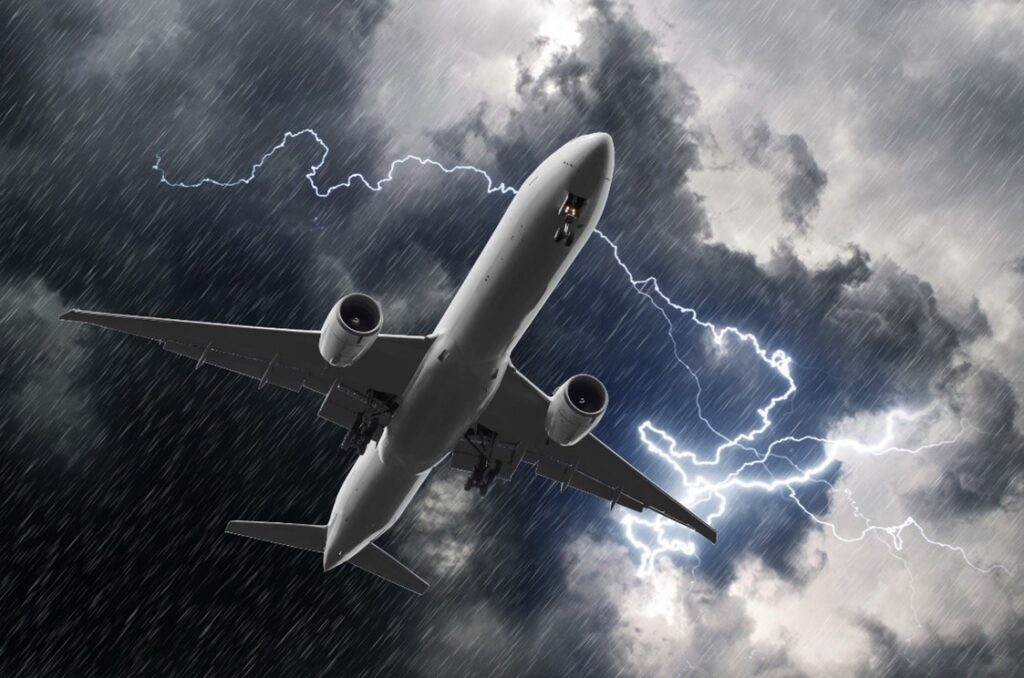
A touch of turbulence is expected, regardless of the flight path. But when the weather turns overly sour, exhibiting fear-inducing happenings like thunder, heavy rain, lightning, snow, extreme heat, fierce winds, or severe fog, it can affect the journey’s smoothness. Luckily, aviation professionals like William Boos are trained to fly in extreme weather, ensuring they keep themselves, their crew, the aircraft, and their passengers safe.
Despite being scary for those onboard, pilots are more than capable of traversing these less-than-desirable conditions, maintaining control, and upholding the highest of aviation safety standards. To do that, they employ a range of techniques.
Everybody Monitors the Weather Before (and During) Every Flight
Pilots flying ahead of a storm need to know the weather before and after takeoff, the severity of turbulence to expect, and how/when to turn from storms. They’re trained to handle inclement weather, even with no visibility, but that doesn’t mean they’re flying solo.
Using National Weather Service (NWS) data, the FAA Flight Service Station (FSS) informs pilots, airlines, and airports about the intricacies of the conditions.
According to a Delta representative, major airlines also monitor weather events (e.g., hurricanes and harsh storms) before flights are due to depart by employing forecasters — experts trained to run weather models to predict which flights could be impacted by certain conditions.
Preparing the Plane
Pilots prepare their crew and plane days before flights that are set to arrive at the height of storms.
One of the major decisions is determining who’ll take it out. Typically, captains do the takeoff and landing in one direction, while the first officer does it in the other direction. But airlines employ co-pilot crosswind limits — anything around ⅔ of the aircraft’s limit and the captain must do it.
Beyond that, pilots need to decide how much to fill the fuel tanks. Flight plans detail the minimum amount of fuel required for the journey. On fine-weather days, this minimum suffices, but harsh weather necessitates pilots look at said figure more closely.
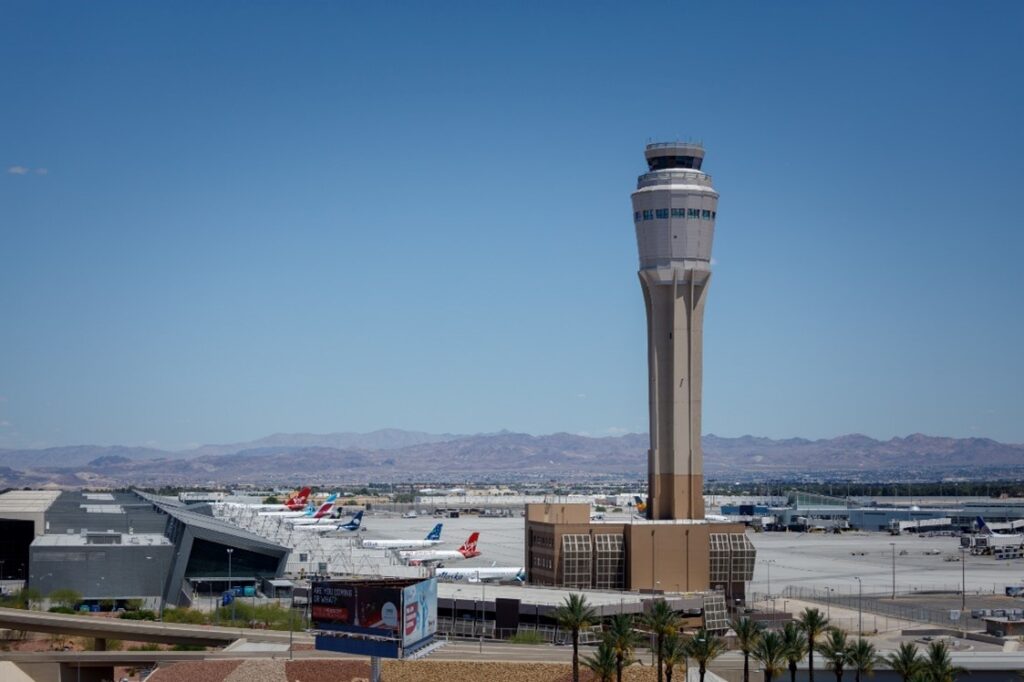
The Takeoff and Landing Brief
Before each takeoff or landing, pilots discuss the major threats that could affect the flight’s safety — weather is one of the top contenders. They’ll consider how much time they have and which methods they should employ to safeguard their passengers.
The Go-Round Method
Pilots may decide it’s safer to climb back into the air instead of continuing the landing. This is called a go-round, and it’s a far more likely circumstance on windy days.
During go-rounds, both pilots play critical roles. Practice makes perfect in this regard, so included in the brief is a plethora of trials to ensure everybody knows what they need to do.
Sometimes, It’s Simply Too Adverse to Fly
Blizzards and extreme heat are prime examples of situations that could cause pilots to cancel flights due to safety concerns. While many passengers are irked by this, these professionals have made this call to protect the public. Like everything they do, it’s a decision that must be made to minimize risk to life and limb. Without them, safe flying would be nothing but a pipe dream.

